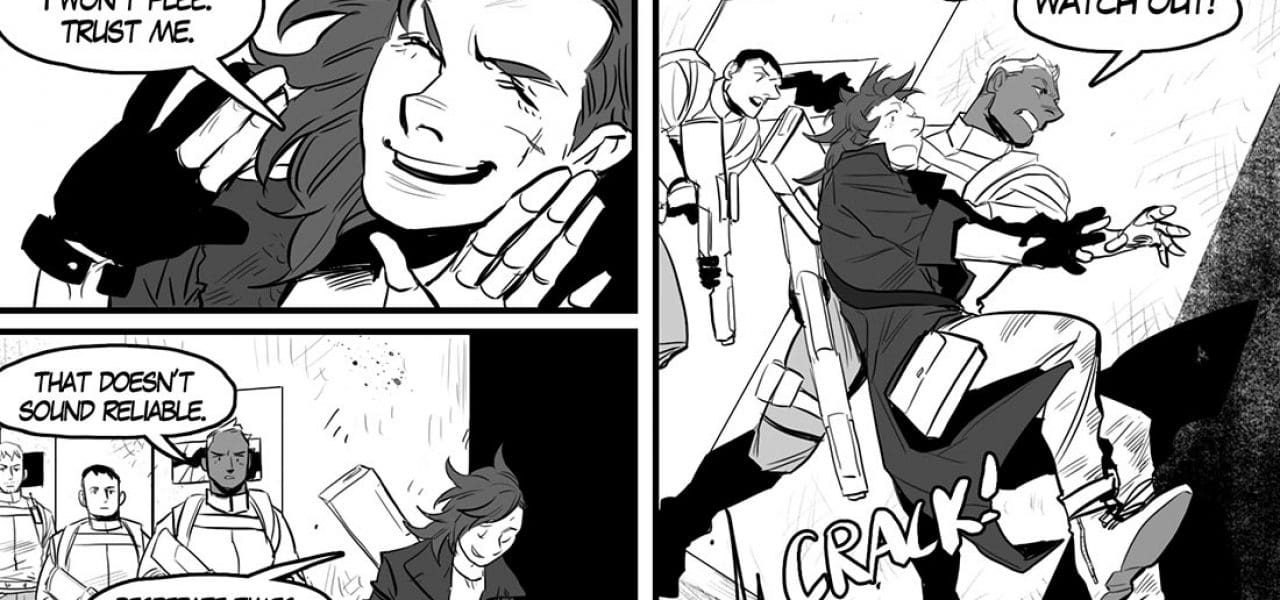
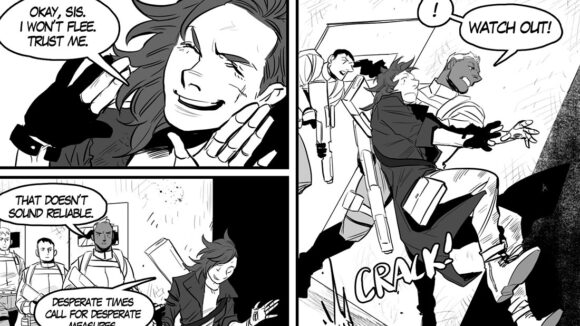
3 Ways To Succeed In The Business Of Comics
Creating comics is a complicated enterprise. You write and rewrite your script, then pencil, ink, color, and letter your pages with care, and then…what happens next?
How do you get a book published? How do you get your creation into the hands of readers who will love the worlds and characters that you’ve created as much as you do? Most importantly, how can you make a living making comics?
“I’d say the first step is to come to CCAD,” says Laurenn McCubbin, Associate Professor in the new Comics & Narrative Practice program at Columbus College of Art & Design, which launches in fall 2017.
But McCubbin also has tips for three other things to do. She offers readers of Cartoon Brew these tips on how to succeed in the business of comics.
1. Learn by making.
At CCAD, students in the Comics & Narrative Practice major learn the skills and craft needed to write and draw. But creating comics takes more than just great drawing and writing. If you want to put your comic out into the world, you have be able to design a logo, lay out a book, talk your comic up on social media, and make merchandise to promote it. At CCAD, students take classes in design and marketing, and have the opportunity to learn how to make promotional materials — everything from laser-cut keychains to screenprinted posters to one-of-a-kind handmade books.
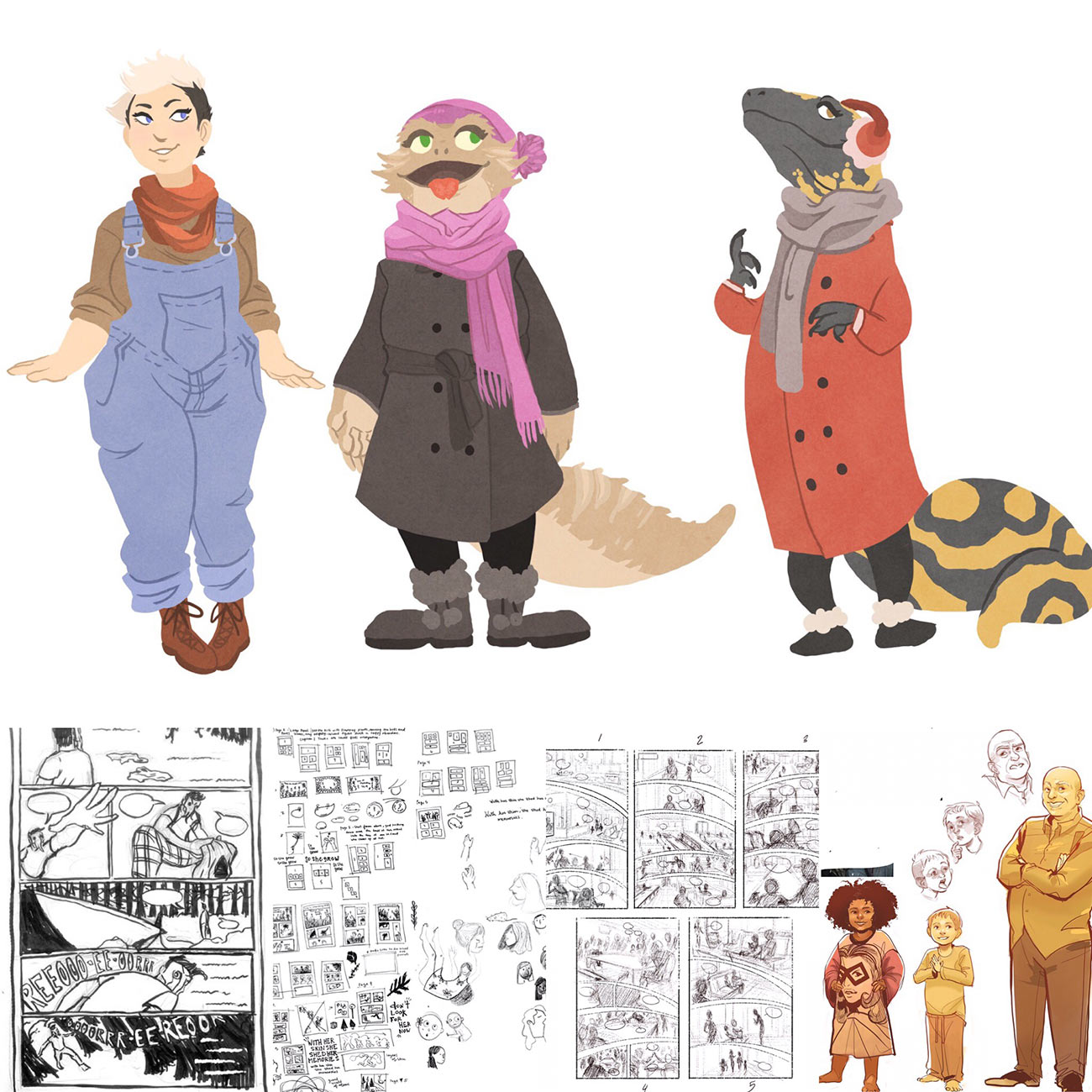
2. Take care of business.
For every job you take — whether it’s drawing for a publisher or publishing your own books — you’ll have to sign a contract. This will not only explain how much money you make, but what your rights are to the work that you create. At CCAD, we show students how to read contracts, and how to work with a lawyer who can make sure that your rights are protected.
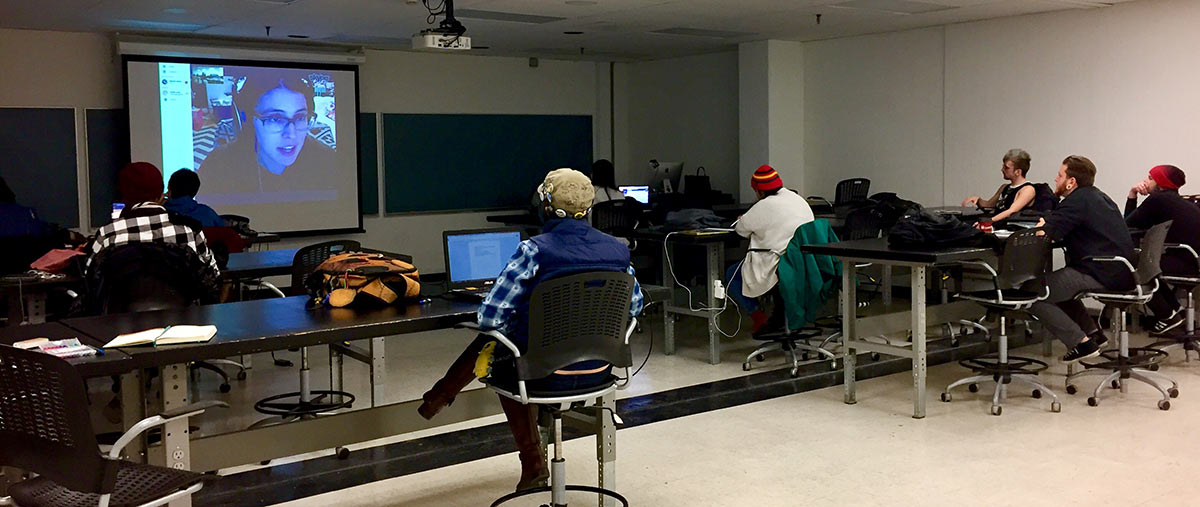
3. Expand your horizons.
If you want to work in comics, it helps to meet the people who are already doing it. Attend conferences. (CCAD students visit conventions like HeroesCon in North Carolina and the Small Press Expo in Maryland.) And if possible, working alongside professionals is awesome. At CCAD, students collaborate with some of the biggest names in the business in our comics practicum class, where student artists work with writers from Marvel, DC, Image, and more, creating stories for our yearly Spitball anthology.
By having multiple experiences to interact with professionals, you can gain a deeper understanding of the comics industry and develop valuable relationships that will help your professional life.
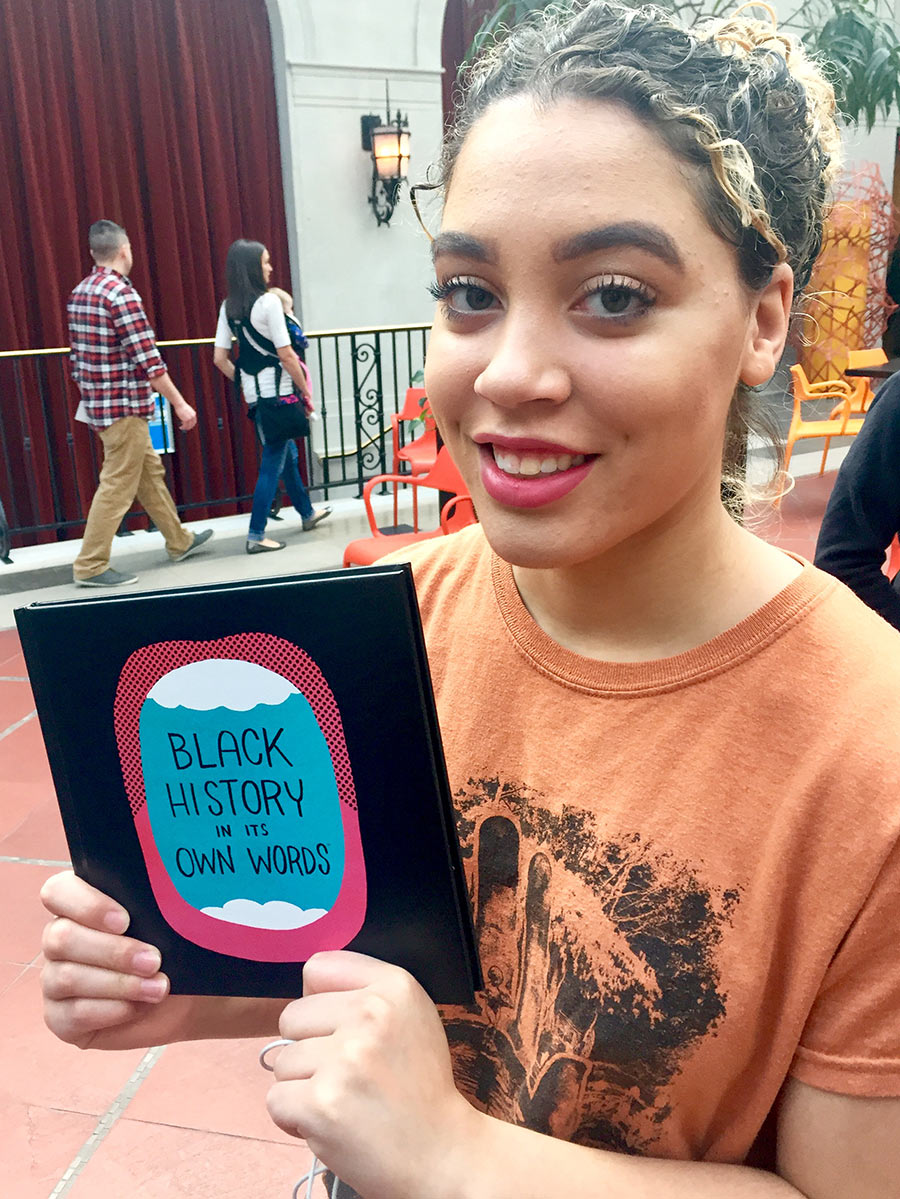
Now, go draw. (And learn more about CCAD’s Comics & Narrative Practice program here.)
Laurenn McCubbin is an artist, educator, documentarian, and Associate Professor in the new Comics & Narrative Practice program at Columbus College of Art & Design. She was previously the art director for Image Comics and has illustrated several comics and graphic novels with McSweeney’s, Marvel Comics, Vertigo, Last Gasp, and Dark Horse.

.png)